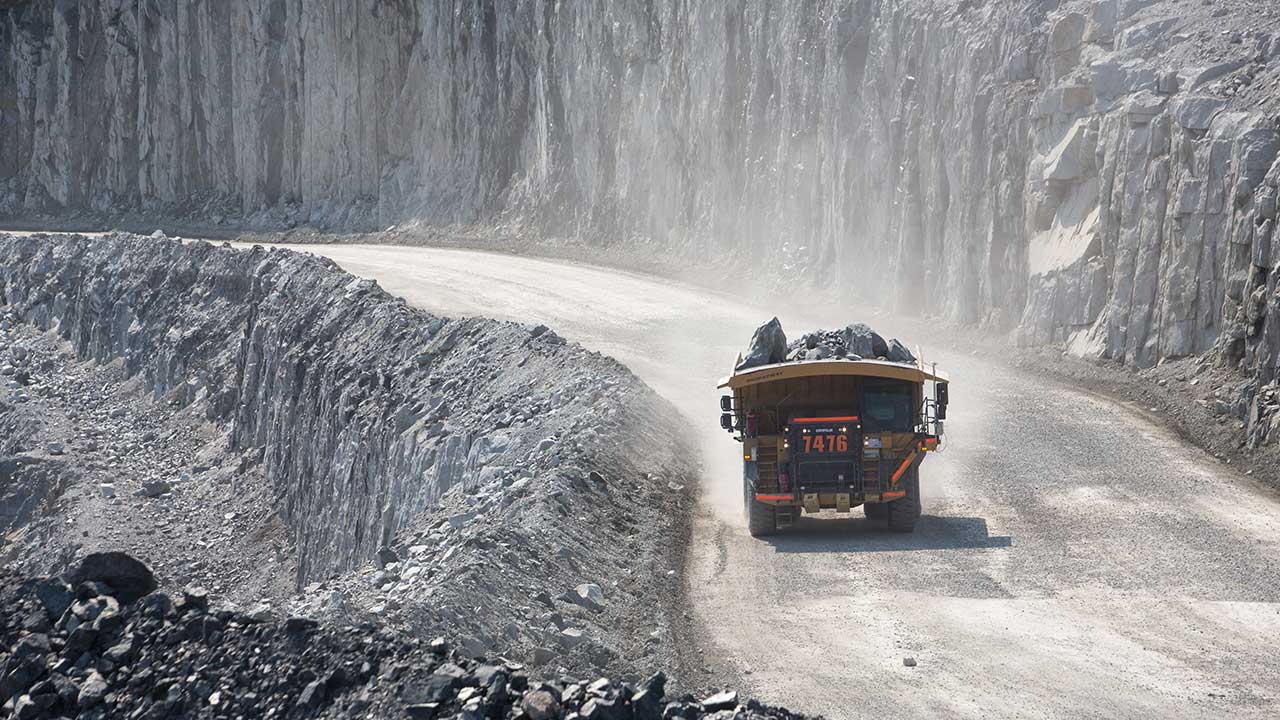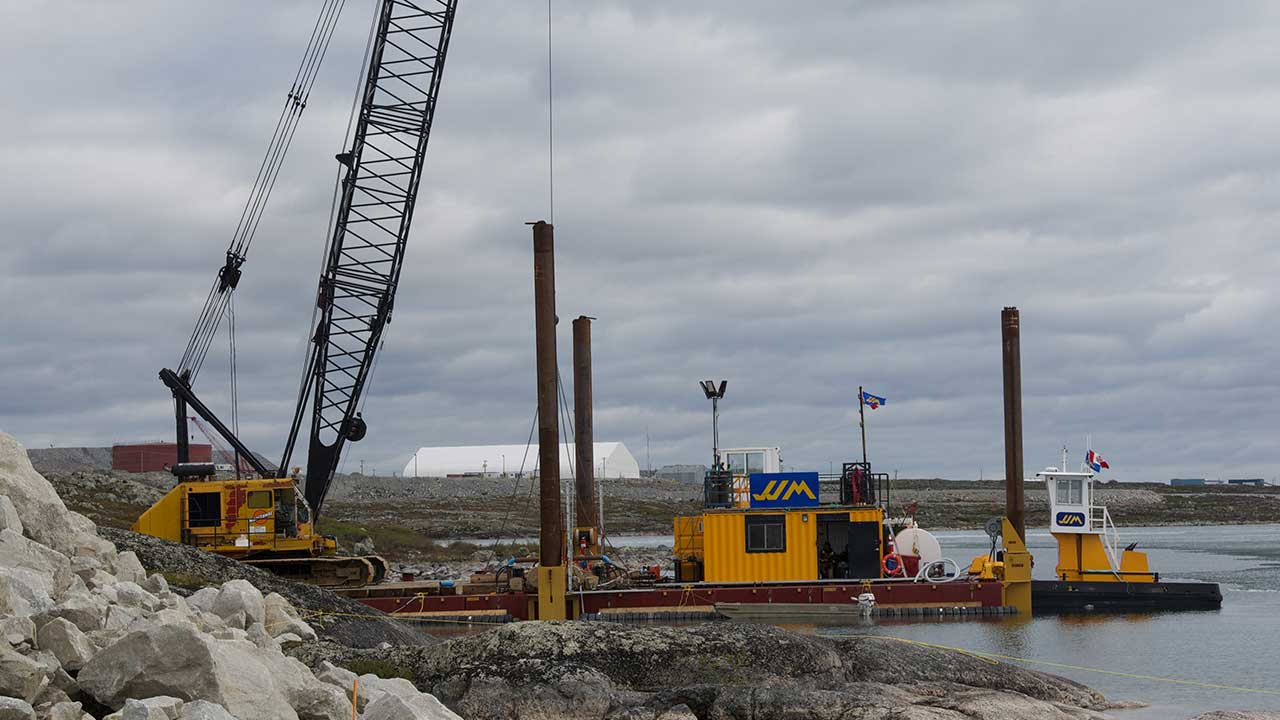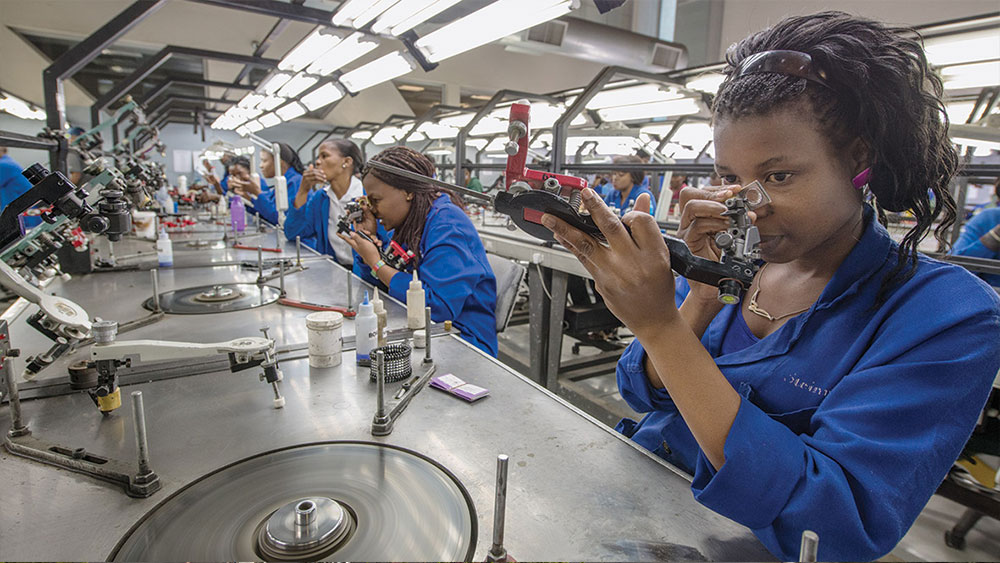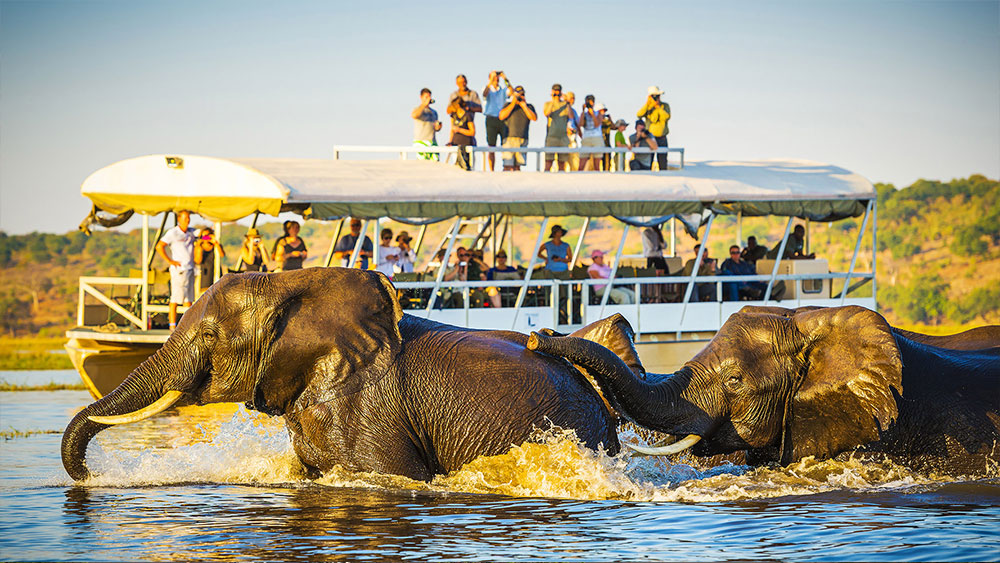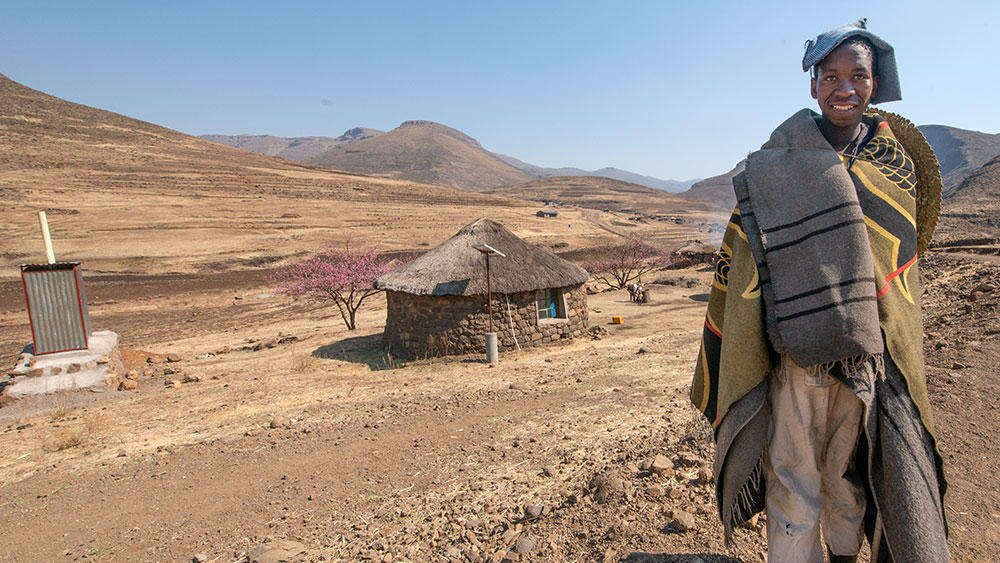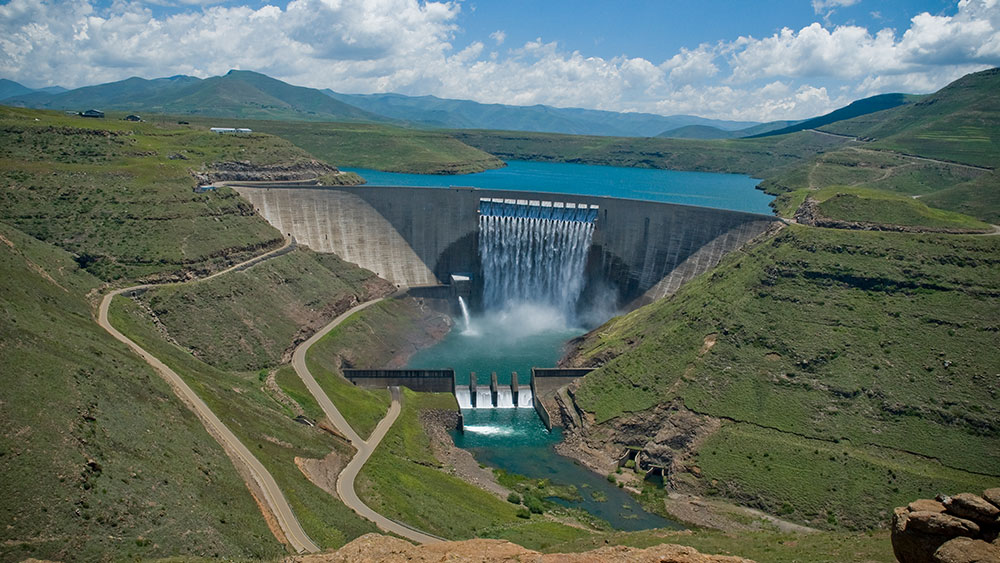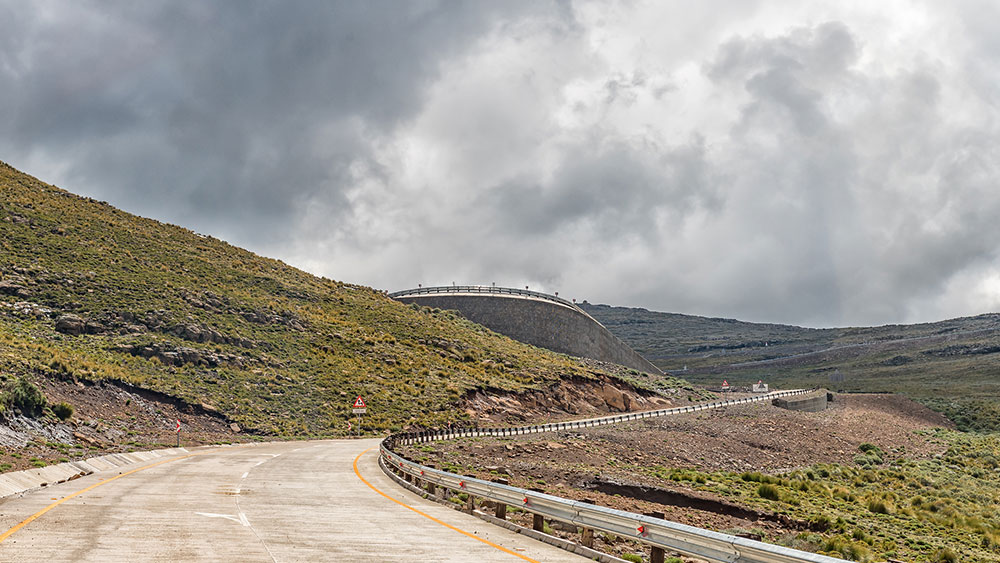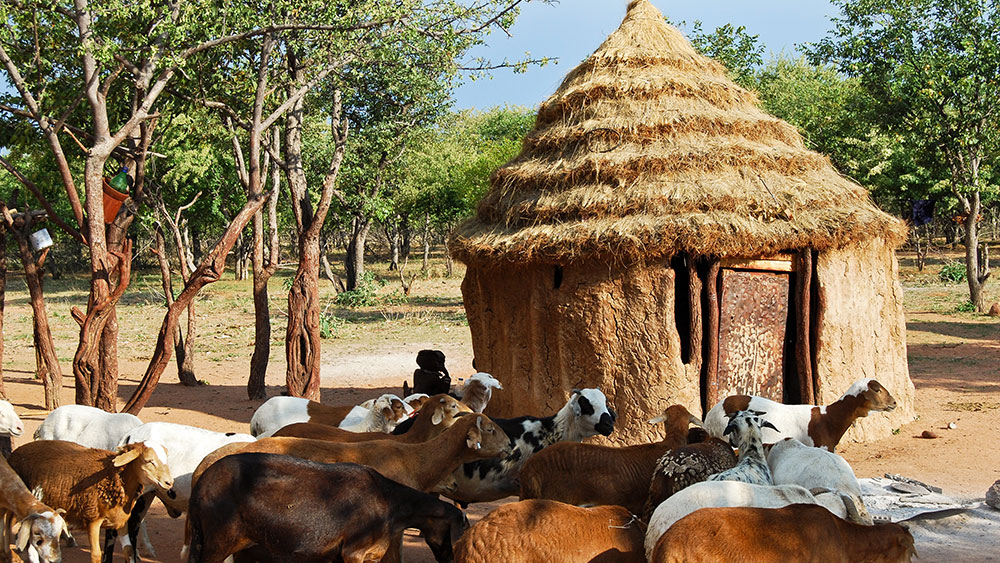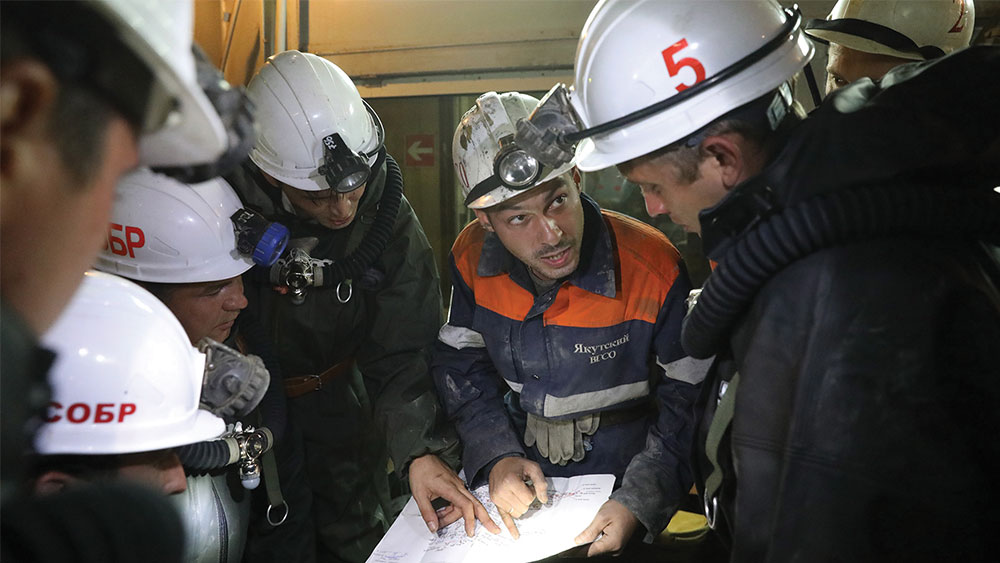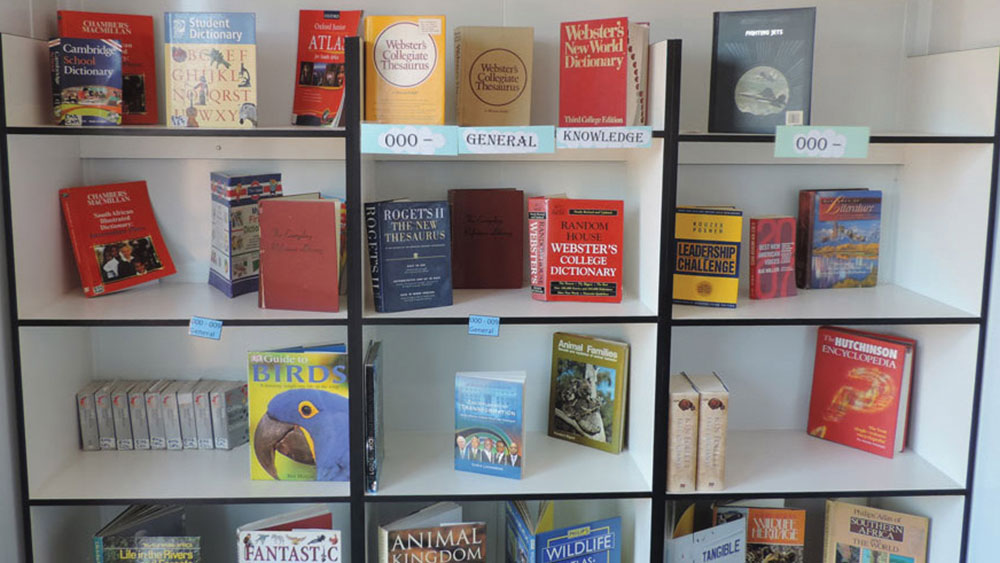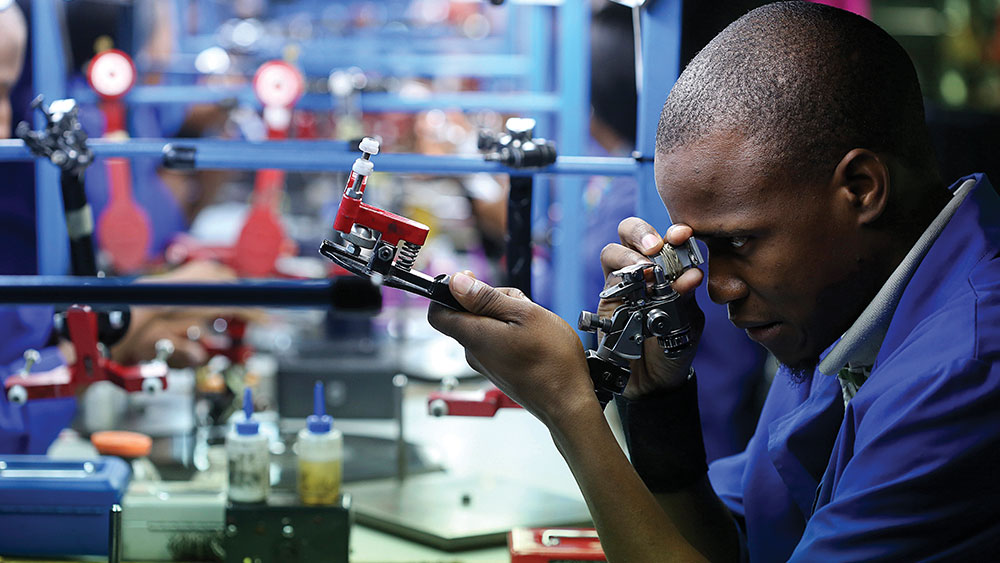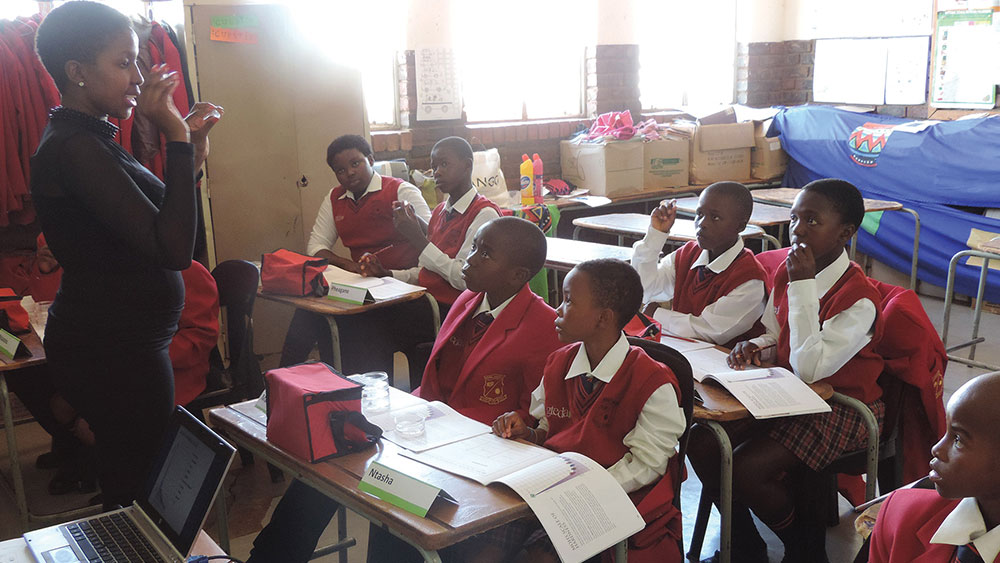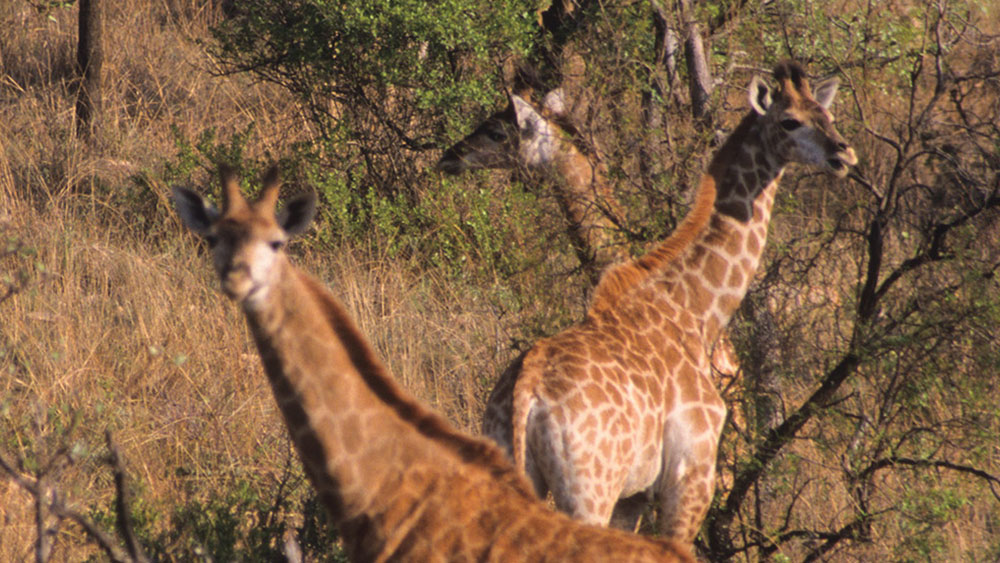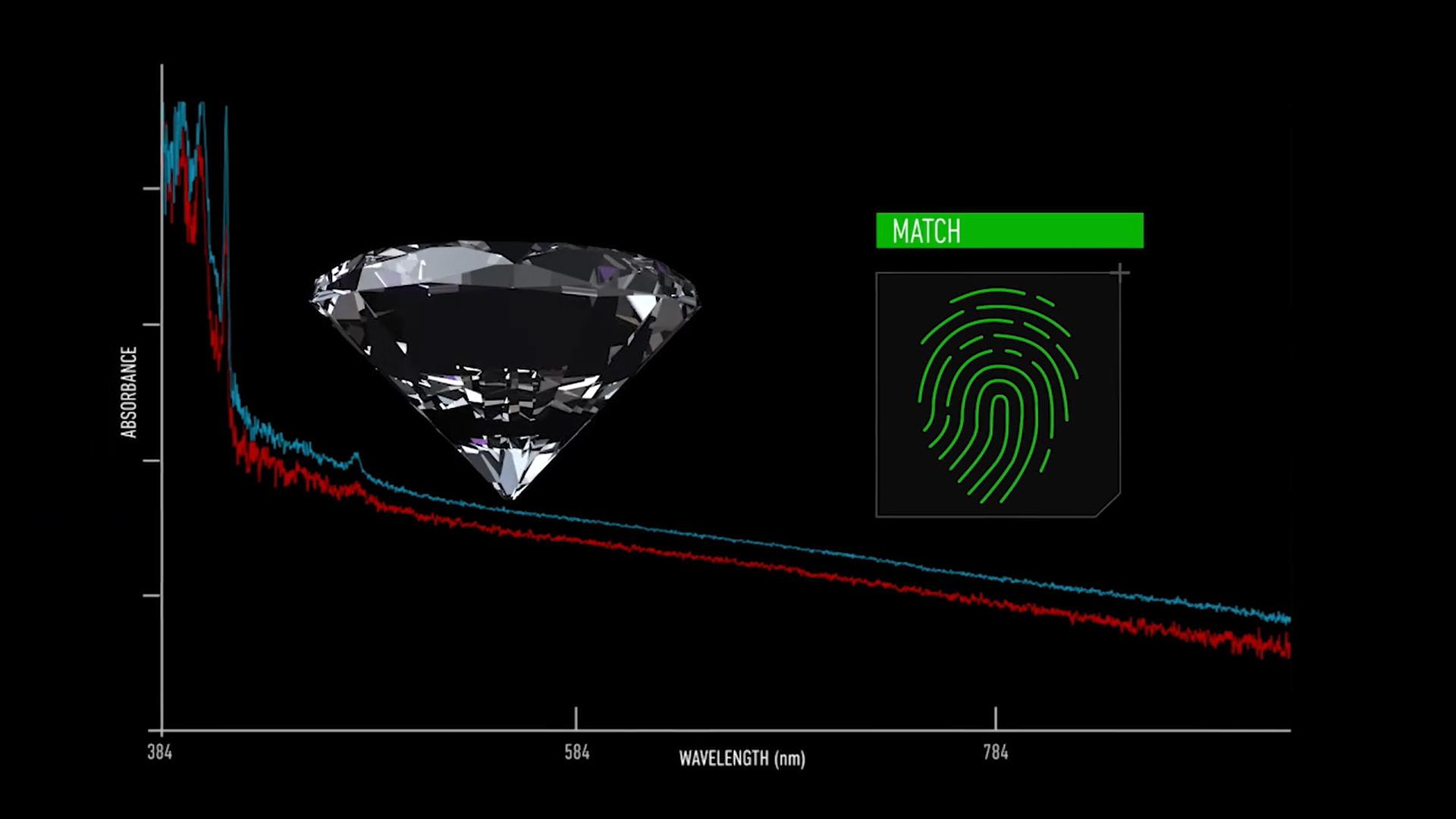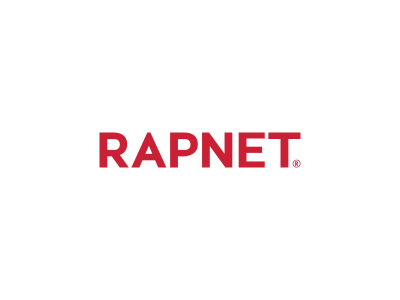Diamonds form deep within the earth’s mantle. But even after formation, their journey towards their final destination – being set in jewelry—is just getting started.
Why Diamond Origin Matters
Ethically-sourced diamonds sustain communities around the globe. Knowing where your diamond comes from means you can be confident that your diamond was mined responsibly and positively impacted its local community. As the world leader in gemological research, GIA leverages over 90 years of scientific and gemological knowledge combined with cutting-edge technology to deliver rough-to-polished matching confirmation, so that you know exactly where your diamond came from. In creating GIA’s Diamond Origin, our goal is to make diamonds a force for positive social change, because greater transparency leads to greater accountability.
How You Make a Difference

GIA’s Diamond Origin tells the story of how diamonds support jobs, education, and healthcare and protect the environment in and around local mining communities. When you buy a diamond with a GIA Diamond Origin Report, you contribute to the livelihood of mining communities. Around the world, reputable mining companies have shown socio-economic and environmental leadership. In South Africa, they serve as custodians of wildlife by establishing nature reserves and national parks for rare and endangered species. Revenue from diamond mining has helped Botswana build hospitals, schools and roads, transforming the country into one of Africa’s largest economies.
Every diamond purchase represents food on the table, better living conditions, better healthcare, potable and safe drinking water, more roads to connect remote communities.
- Festus Mogae, 3rd president of Botswana (1998-2008)
Transparency through GIA Diamond Origin encourages businesses to compensate employees fairly, maintain safe working conditions, operate mines sustainably and restore habitats to their original state after mines close. By purchasing a diamond with a GIA Diamond Origin Report, you help the world and the industry shine brighter.
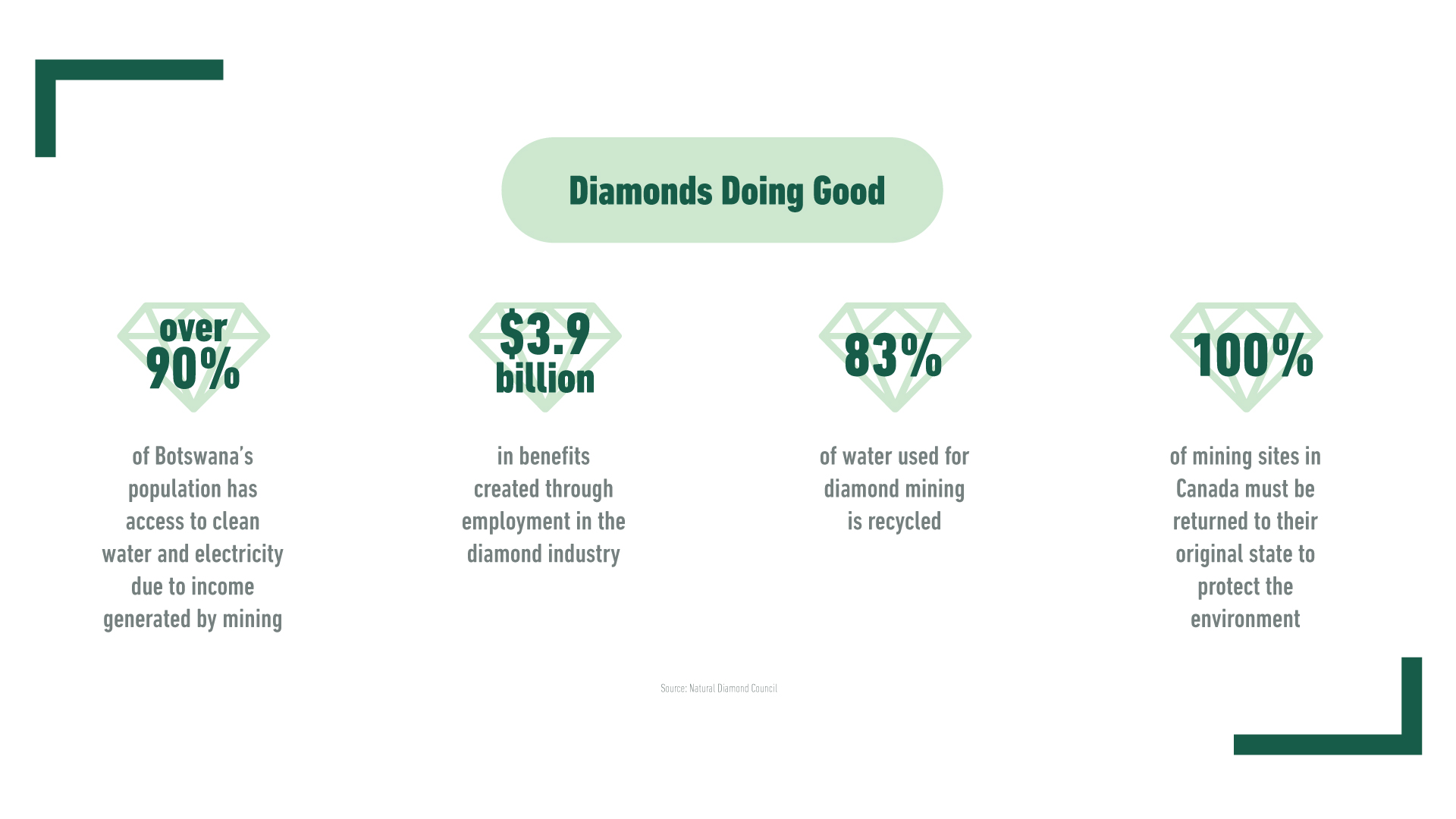
The Story of Diamond
A Diamond’s Journey to Earth’s Surface

Diamonds formed 90 million to 3 billion years ago at a depth of 90 to 400 miles beneath Earth’s surface. Here, the extreme temperature (more than 2100°F [1150°C]) and pressure (45,000 times greater than sea level) caused carbon atoms to form incredibly tight bonds. The result was the hardest gemstone on Earth — diamond.
Diamonds lay hidden deep within the earth for millions of years before being transported to Earth’s surface by violent volcanic eruptions. Since magma can dissolve diamonds, not every diamond survived this process. The diamonds that did survive were trapped in their host rock, called kimberlite. Over time, erosion freed some of these diamond crystals and carried them downstream to where people found them in alluvial deposits (streams and rivers). Often, highly-included diamonds shattered during this tumbling process. The next time you look at a diamond, know that you're looking at a rare survivor!
Today, diamonds are mostly mined from kimberlite pipes, remnants of the ancient volcanoes that carried diamonds to Earth’s surface. About 200-250 tons of ore must be removed and processed to uncover a single one-carat gem-quality diamond. Out of all the diamonds found in kimberlite pipes, only 20-30% are gem-quality. Diamonds represent rare time capsules containing Earth’s history. Their journey also makes them enduring symbols of strength and resilience.

Scientific Matching by GIA
GIA’s science-based method of determining country of origin is a culmination of over 60 years of gemological research. It is distinct from other diamond origin programs in that it doesn’t rely on human reporting alone but rather uses GIA’s scientific expertise to match a polished diamond to its rough of known origin. GIA scientists document the rough diamond’s unique characteristics—including dimensions, spectroscopy, growth structure and inclusions. After it is cut, the diamond is carefully examined to determine if it matches the characteristics of the original rough. If it does, the scientists then record the cut gem’s country of origin.
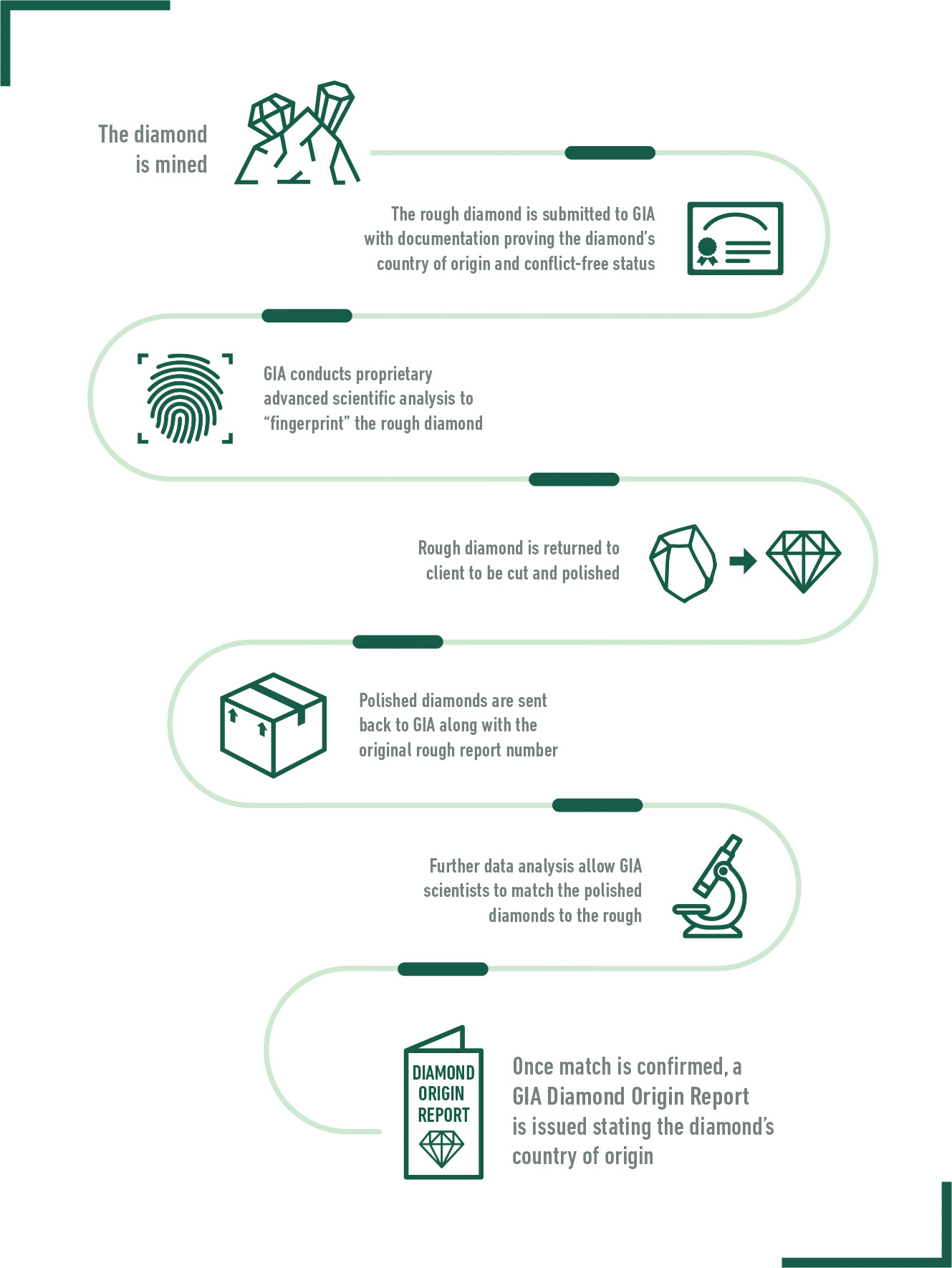
Countries of Origin
Diamonds are mined in dozens of countries around the world. GIA’s Diamond Origin tells the story of how diamonds mined from these countries support jobs, education, and health care and in many cases, how they help protect the environment in and around local mining communities. Click on the map below to discover your diamond’s origin story and the story of the community that mined it.
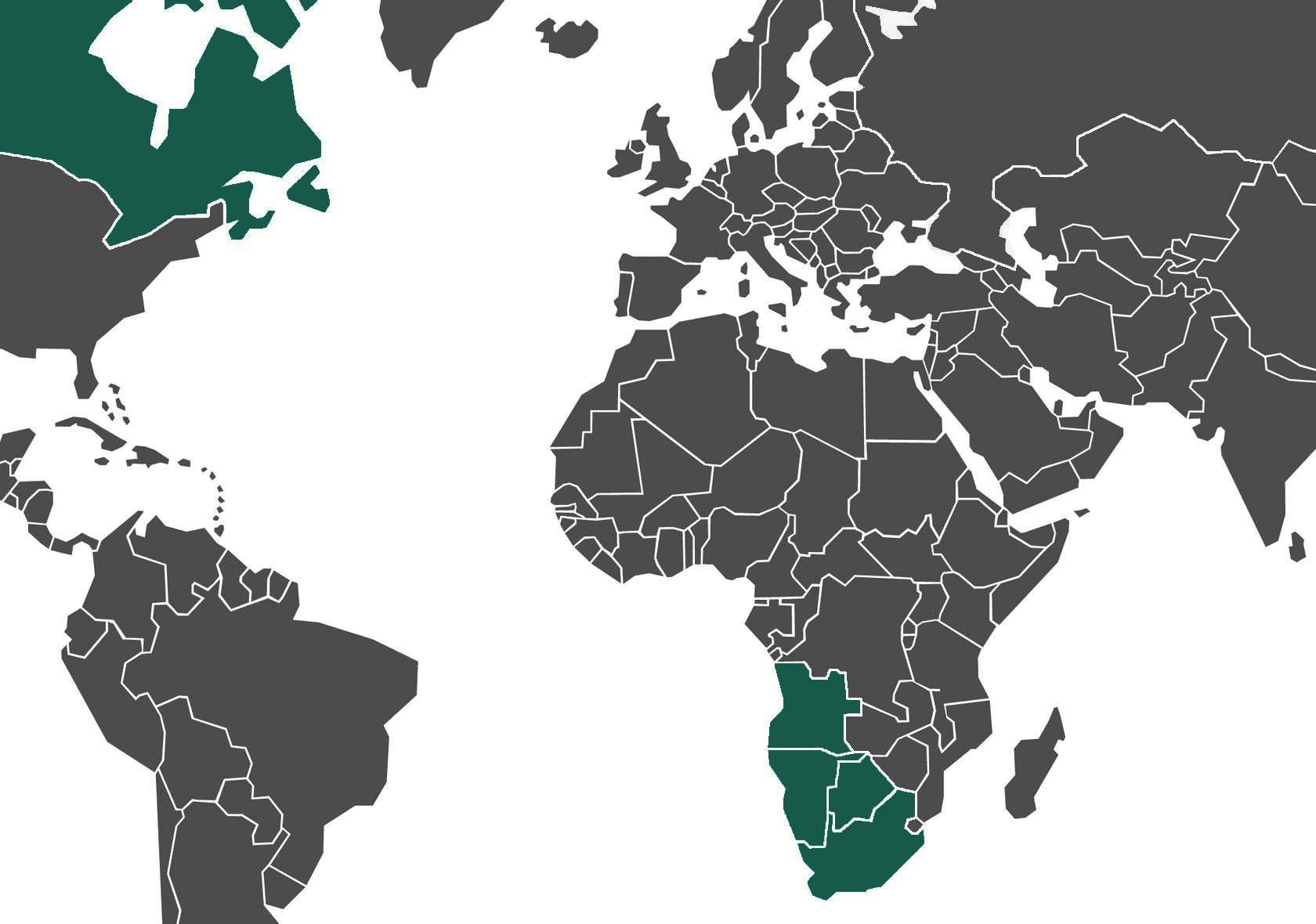
GIA Diamond Origin Program
Get to know your diamond with GIA’s tools and resources
A diamond’s journey is every bit as fascinating as its sparkle. GIA’s Diamond Origin and its related resources help you tell the story of the people in the country who brought you your diamond and helped make it shine.
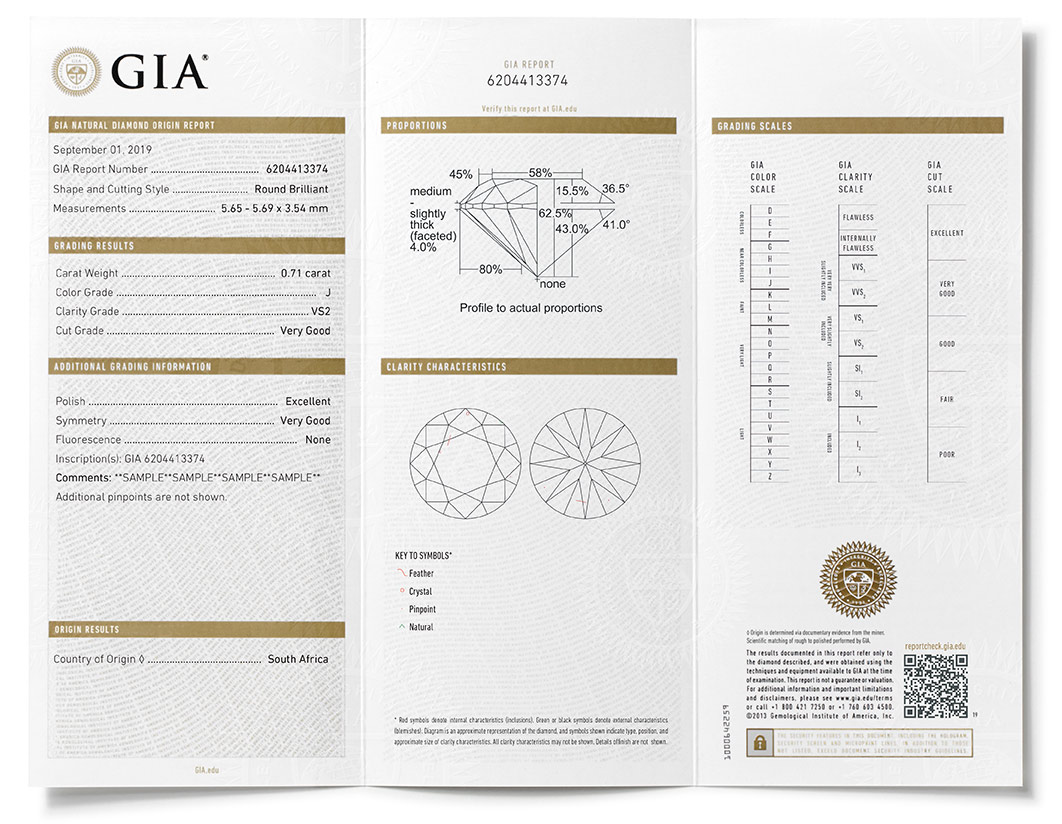
Are you a jewelry retailer? GIA offers books, counter displays, brochures and downloadable resources to help you and your sales associates educate consumers about GIA’s Diamond Origin.
Want more? Shop all GIA Diamond Origin tools
Shop NowSubmission Guidelines for Submitting Diamond Origin Stones
Learn MoreContact Us
Want to learn more about the GIA Diamond Origin Program? Contact us and we will get back to you soon.
